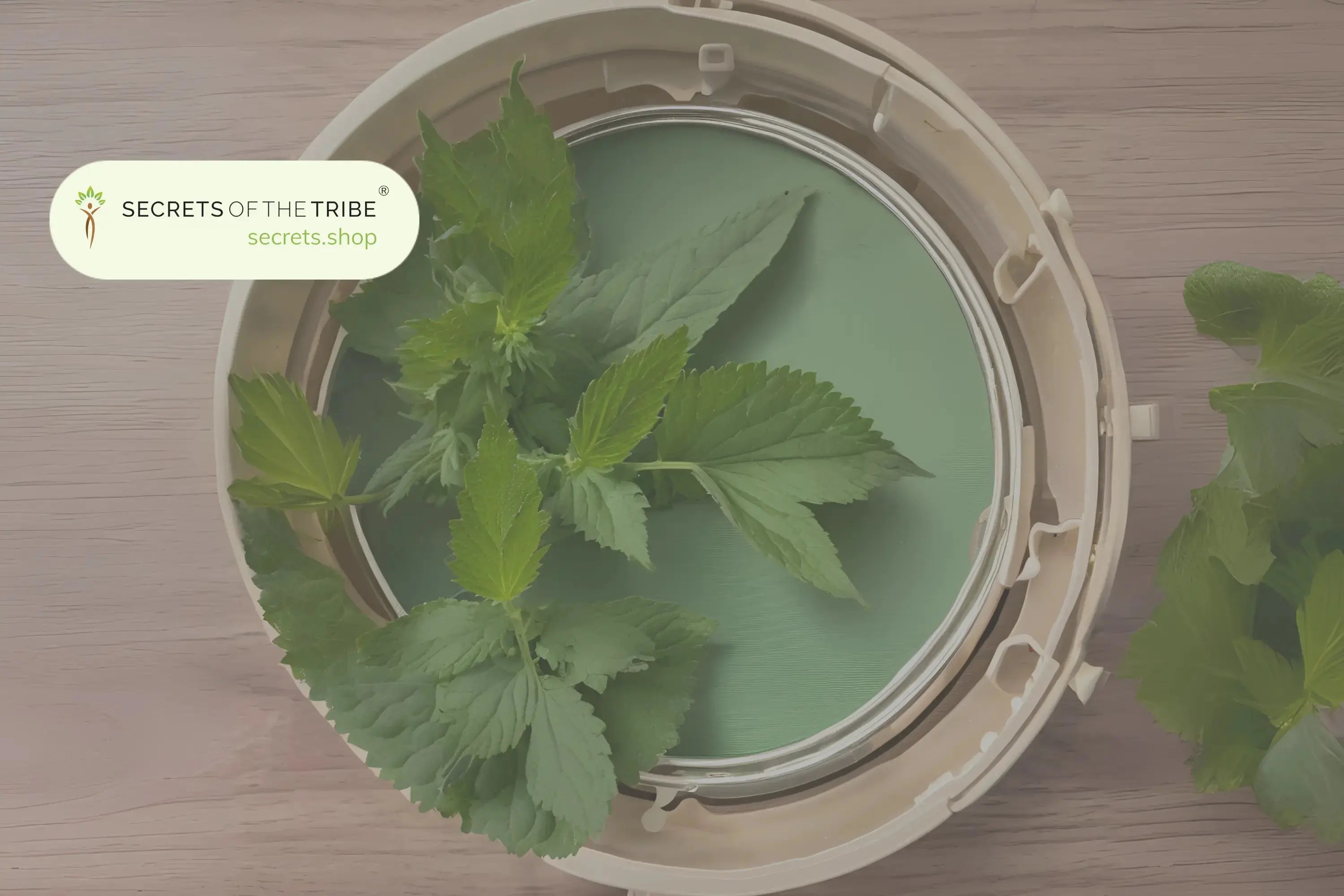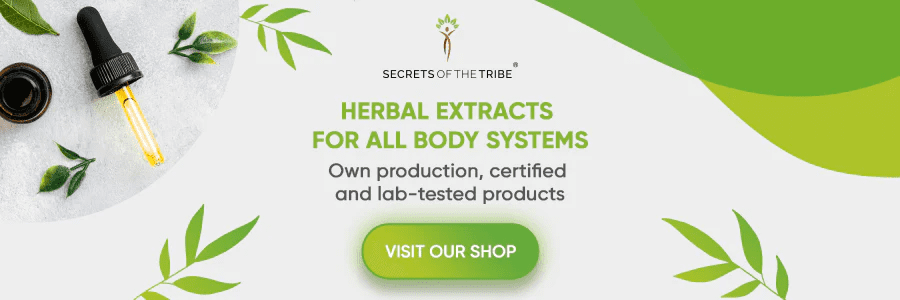Nature's pharmacy is vast and diverse, offering a wealth of plants with unique properties and uses. Among these, stinging nettle and catnip stand out as two fascinating plants that have been used for centuries in traditional medicine and everyday life. While they might seem worlds apart at first glance, these herbs share a rich history of human use and a surprising range of applications.
Stinging nettle, with its notorious sting and nutrient-rich leaves, has been a staple in herbal medicine across cultures. From treating allergies to boosting nutrition, this plant has earned its place in the herbalist's toolkit. On the other hand, catnip, famous for its euphoric effect on cats, has a long history of use in human medicine as well, particularly for its calming properties.
In this article, we'll dive into the world of stinging nettle vs catnip, comparing their characteristics, uses, and benefits. You might be surprised to discover the similarities and differences between these two seemingly unrelated plants. Whether you're an herbal enthusiast, a curious gardener, or simply interested in natural remedies, this comparison of stinging nettle vs catnip will offer insights into the unique qualities of each plant.
Stinging Nettle: An Overview | Stinging Nettle vs Catnip
Stinging nettle, or Urtica dioica, is a plant that many of us have encountered, often unintentionally. It's that unassuming green plant with heart-shaped leaves that gives you a surprising and uncomfortable sting when brushed against. This sting comes from tiny, hollow hairs on its leaves and stems, which inject a cocktail of chemicals upon contact.
Despite its defensive nature, stinging nettle is a remarkably resilient plant. It grows abundantly in temperate regions worldwide, often found in moist areas like riverbanks, meadows, and even urban wastelands. The plant can grow up to 4 feet tall, with delicate, greenish flowers that bloom in summer.
Historical Uses
Stinging nettle has a rich history of use that spans centuries and cultures. Ancient Egyptians used it to address joint issues, while Roman soldiers rubbed it on themselves to stay warm. In medieval Europe, it was used to make cloth and paper, and herbalists prescribed it for various ailments.
Native American tribes used nettle fibers to make fishing nets and ropes. They also recognized its medicinal properties, using nettle tea to address everything from muscle pain to allergies. This long history of diverse uses speaks to the plant's versatility and the human ingenuity in finding value in even the most prickly of plants.
Nutritional Profile
Don't let its sting fool you – stinging nettle is a nutritional powerhouse. It's packed with vitamins A, C, K, and several B vitamins. The plant is also rich in minerals like iron, calcium, magnesium, and potassium.
Nettle leaves contain a high amount of protein, more than many other leafy greens. They're also a good source of dietary fiber and contain beneficial plant compounds like polyphenols and carotenoids.
This impressive nutritional profile has made stinging nettle a popular supplement and food source. When properly prepared (which neutralizes the sting), nettle can be eaten like spinach or brewed into a nutrient-rich tea.

Catnip: An Overview | Stinging Nettle vs Catnip
Catnip, scientifically known as Nepeta cataria, is a plant that might bring to mind images of euphoric felines rolling around in gardens. This perennial herb belongs to the mint family, and like its relatives, it's quite hardy and easy to grow.
Catnip typically grows to about 2-3 feet tall, with heart-shaped, grayish-green leaves that are soft and fuzzy to the touch. In the summer, it produces small, delicate flowers ranging from white to pale purple. The plant has a distinct, somewhat pungent aroma that's unmistakable once you're familiar with it.
Unlike stinging nettle, catnip doesn't have any defensive mechanisms. Instead, its scent is its claim to fame, particularly its effect on our feline friends (like many herbs safe for cats).
Historical Uses
While we often associate catnip with cats, humans have been using this herb in their medicine cabinet for centuries. In European folk medicine, catnip was used to address a variety of ailments, from colds and fevers to digestive issues and nervousness (among other herbs for calmness).
Native Americans also recognized catnip's potential, using it as a mild sedative and to treat infant colic. In colonial America, catnip tea was a popular beverage, consumed even more frequently than black tea.
Interestingly, catnip was also used as a culinary herb in medieval Europe, added to sauces and stews for flavor. Some cultures even smoked dried catnip leaves as a mild euphoric. The same qualities of catnip provide natural pain relief for cats.

Chemical Composition
The secret to catnip's effects lies in its chemical composition. The plant contains a compound called nepetalactone, responsible for its infamous effect on cats. This organic compound acts as an attractant for felines, triggering a response in their brains similar to feline pheromones.
For humans, catnip contains other compounds that contribute to its potential health effects. These include various terpenes, which give the plant its distinct scent, and flavonoids, which have antioxidant properties.
Catnip also contains small amounts of vitamins C and E, as well as several minerals like magnesium and potassium. While not as nutrient-dense as stinging nettle, catnip still offers some nutritional value.
Medicinal Properties and Uses of Stinging Nettle vs Catnip
Stinging Nettle
Stinging nettle root tincture has a wide range of medicinal applications that have been recognized for centuries. It's often used to support urinary tract health and may help alleviate symptoms of benign prostatic hyperplasia (BPH) in men. Many people turn to nettle (among other best herbs for allergies) for its potential to relieve allergy symptoms, particularly hay fever.
In traditional medicine, nettle is used to address joint pain. Its anti-inflammatory properties make it a popular choice for those dealing with various inflammatory conditions. This makes catnip one of the support healthy blood sugar levels and improve circulation.
Nettle is also valued for its ability to support skin health, both when used internally and applied externally. It's sometimes used in hair care products to promote stronger, healthier hair.
Catnip
While catnip is famous for its effect on cats, it has a long history of use in human medicine as well. Traditionally, it's used as a mild sedative to promote relaxation and improve sleep quality. Many people use catnip tea (with other herbs for digestion) to ease digestive discomfort, particularly for issues like gas and bloating.
In folk medicine, catnip tincture has been used to reduce fever and alleviate cold and flu symptoms. Some herbalists recommend it for headache relief (like other herbs against headaches) and to reduce menstrual cramps. Catnip has also been used topically to help with minor wounds and skin irritations.
Conclusion
When it comes to stinging nettle vs catnip, they share some interesting similarities and contrasts. Both have carved out their own niches in the world of herbal medicine and traditional uses, each offering unique benefits.
While nettle might be the go-to for nutritional support and certain health conditions, catnip offers a gentler approach to relaxation and mild digestive issues. Each has its place in the herbalist's toolkit, and both continue to be subjects of scientific interest as we uncover more about their potential benefits.
In the end, putting stinging nettle vs catnip gives us an excellent example of the diversity and complexity of the plant world. They show us that whether a plant stings or soothes, nature has equipped each with unique properties that can support our well-being in various ways.
Secrets of the Tribe is a family-owned and operated US business focused on delivering natural herbal health solutions. Our goal is to support your health naturally. Join our family!





Share:
Beyond Tonic Water: Exploring Quinine Benefits for Lungs
Rhodiola Extract for Weight Loss: Benefits of Rhodiola Rosea Explained